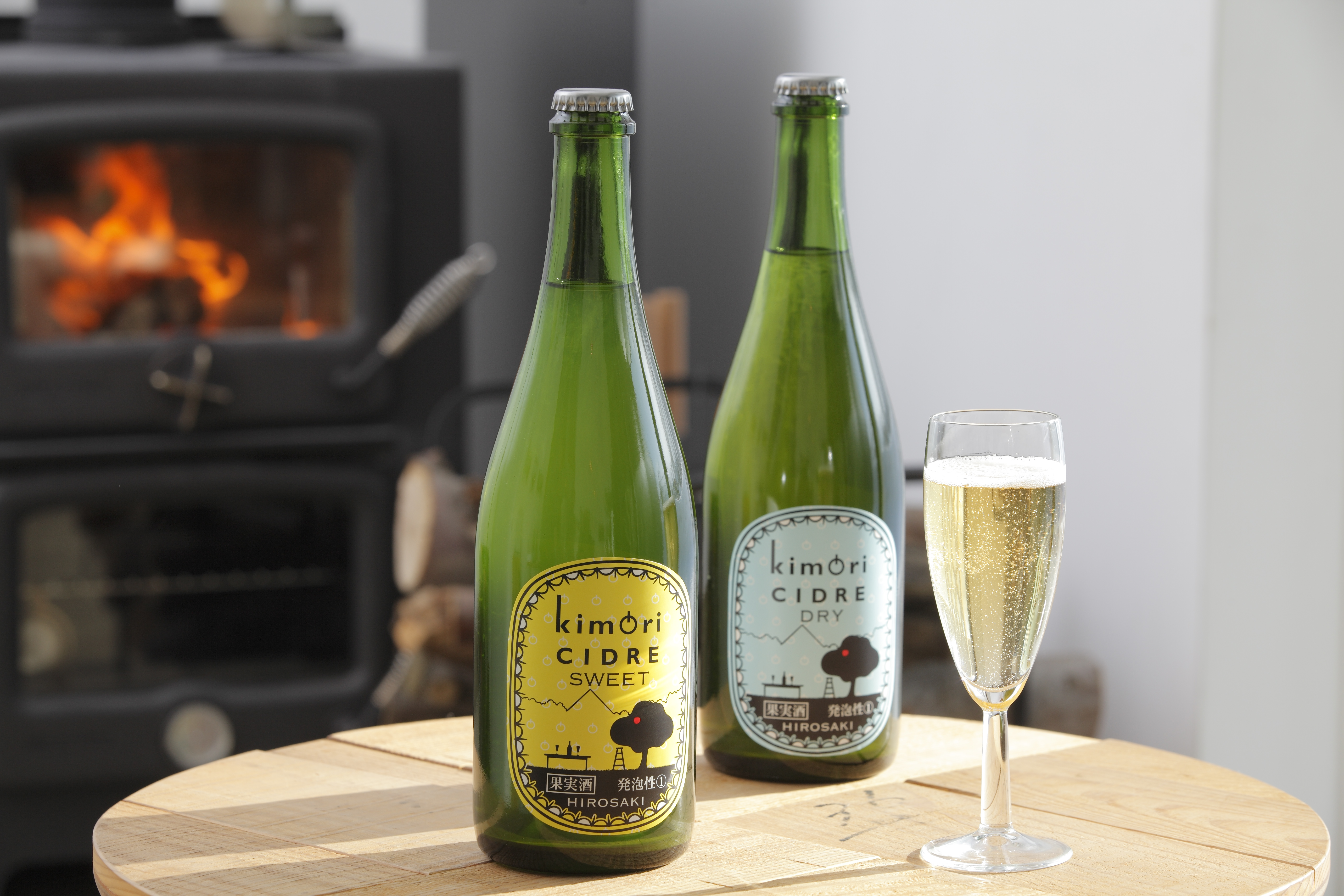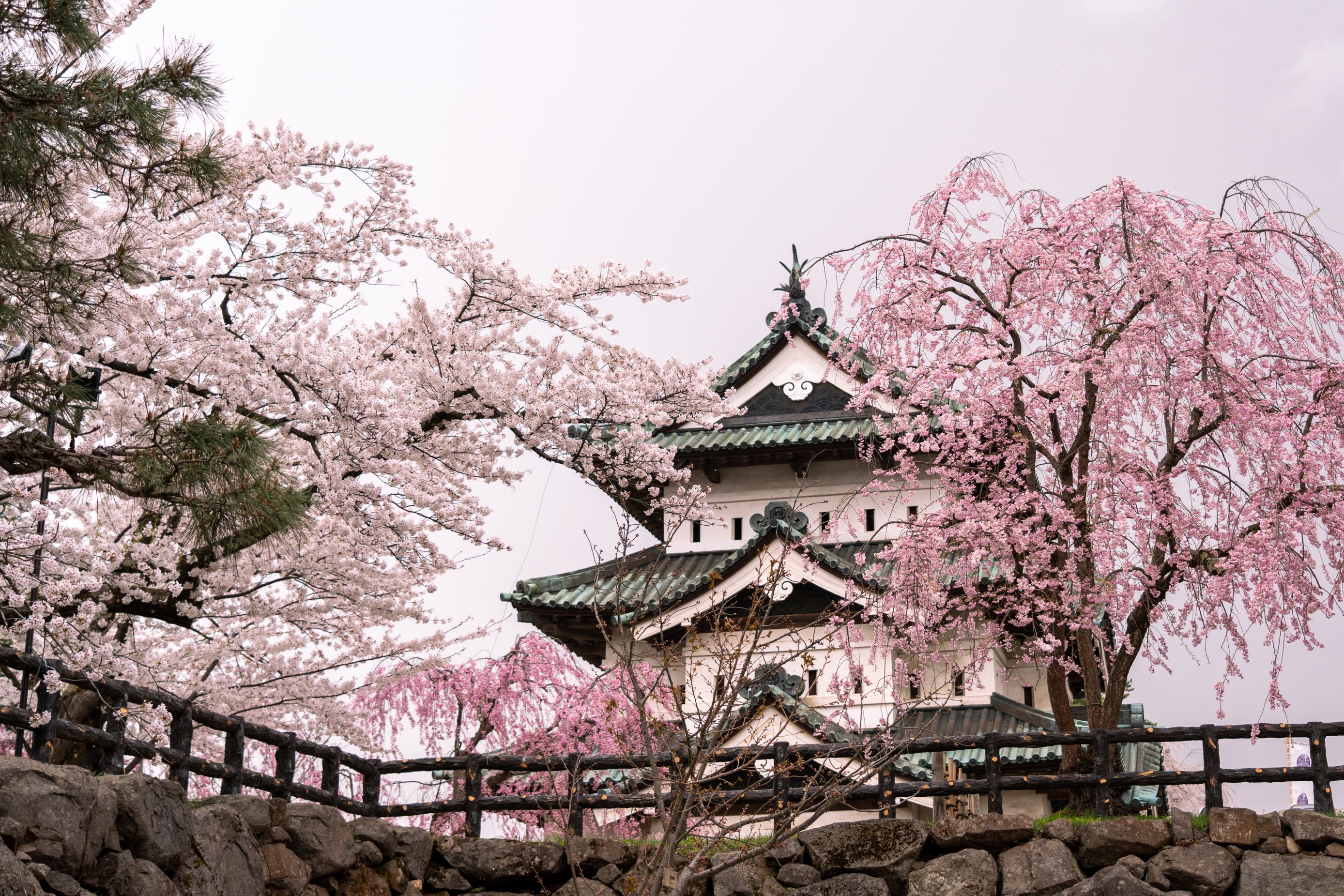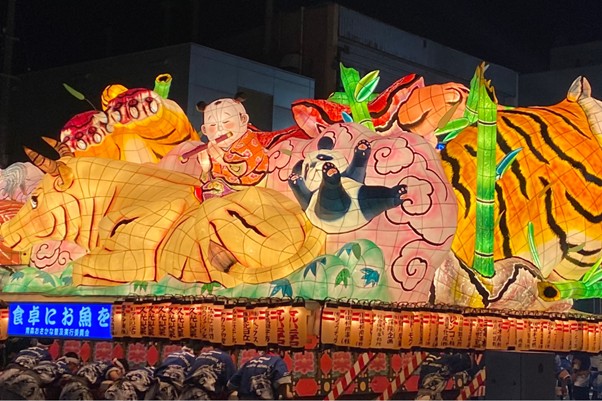Are you familiar with the traditional crafts of the Tsugaru region?
When it comes to Tsugaru crafts, Tsugaru-nuri lacquerware and Kogin-zashi embroidery are the most well-known. However, there are many other beautiful crafts beyond just Tsugaru-nuri!
In this article, we have selected a range of traditional crafts that are not only stunning but also practical for everyday use—perfect as souvenirs or gifts.
In addition to places where you can purchase these crafts, we’ll also introduce spots where you can experience the craftsmanship firsthand.
Tsugaru Vidro

Tsugaru Vidro is a traditional glass craft from the Tsugaru region of Aomori Prefecture.
It is characterized by its vibrant colors, inspired by the seasonal landscapes of Tsugaru, and features delicate gradations and vivid hues. Each piece is handmade by skilled artisans, making every item unique.
Famous Tsugaru Vidro products include glasses, sake cups, and chopstick rests. Additionally, they offer decorative items such as wind chimes, owl figurines, and single-flower vases.
The craft is also featured in Starbucks Coffee Japan’s “JIMOTO Made” series, offering glasses in four styles: Hiru-zakura (Daytime Cherry Blossoms), Yoru-zakura (Nighttime Cherry Blossoms), Nakameguro Natsu (Nakameguro Summer), and Roastery. These glasses showcase the expressive beauty of Tsugaru Vidro, which is said to encompass over 100 colors.
Another unique item is the "Chiisana Ringo Glass Pen" (Small Apple Glass Pen), available at Hirayama Mannendo, a long-established fountain pen specialty store in Hirosaki. This pen, inspired by Aomori’s famous apples, makes a great gift or decorative piece. Matching ink bottles and locally themed inks are also available.
You can purchase Tsugaru Vidro at the Hokuyo Glass factory outlet, department stores, and shops near train stations.
Tsugaru Uchihamono (Forged Blades)

A traditional craft from Hirosaki City, Tsugaru Uchihamono boasts a 350-year history dating back to the Edo period.
The Tsugaru region, known for its thriving agriculture, developed high-quality tools such as pruning shears and household knives.
Today, their most renowned products are kitchen knives, including sashimi knives and deba knives. Some feature a distinctive wave pattern from layered steel forging, while others incorporate Tsugaru-nuri lacquer, combining functionality with aesthetic appeal.
These finely crafted knives are popular not only for daily use but also as gifts, especially for international visitors. You can find Tsugaru Uchihamono at workshops such as Nigara Hamono Tanzojo, Tazawa Hamono Seisakusho, and Mikuni Hamono Seisakusho, as well as at Sakurano Department Store and Sakura House inside the Hirosaki City Tourist Information Center. Some workshops offer guided tours, which can be arranged through the Hirosaki City Tourist Information Center.
Tsugaru Natural Indigo Dyeing

Tsugaru Natural Indigo Dyeing flourished in Hirosaki City during the Edo period and was an essential part of daily life for farmers and craftsmen.
The name of Konyamachi (Dyer's Town) remains as a testament to the area's rich history of indigo dyeing workshops.
One of the most renowned indigo dyeing studios is Kawasaki Dyeing Factory, which originally closed in the Meiji era but was revived in the Heisei era. The studio continues to research and preserve traditional indigo dyeing techniques.
Popular items include bandanas, scarves, shirts, and tapestries, all featuring beautiful deep-blue dyeing techniques. Indigo dye is also known for its antibacterial and insect-repellent properties, making these items both stylish and functional.
You can purchase Tsugaru Natural Indigo Dyeing products at Kawasaki Dyeing Factory, which also offers hands-on dyeing experiences. Visitors can observe the traditional dyeing process and create their own unique pieces. Reservations are required, so be sure to check their website for details.
Akebi Vine Craft

Akebi Vine Craft is a traditional handwoven craft from Hirosaki, dating back to the Edo period. It involves weaving Akebi vine and wild grape bark into durable and elegant items.
Popular products include handwoven bags, accessories, and small storage baskets. The Tsugaru region has long been a source of high-quality Akebi vines, and over centuries, artisans have perfected the weaving techniques to create both strong and aesthetically refined pieces.
While preserving traditional methods, many modern designs now cater to contemporary lifestyles. The natural materials age beautifully over time, making these crafts a cherished long-term possession.
You can purchase Akebi Vine Craft products at Miyamoto Kogei, Sakura House inside the Hirosaki City Tourist Information Center, and local roadside stations. Some workshops also offer hands-on weaving experiences.
BUNACO

Founded in the 1960s in Hirosaki City, BUNACO is a craft brand utilizing beech wood from the Shirakami-Sanchi beech forests, one of the world’s largest.
It is crafted using a unique technique of rolling thinly sliced beechwood sheets.
At the 2008 Toyako G8 Summit, BUNACO trays were chosen as gifts for world leaders, showcasing the brand’s international acclaim.
Their product lineup includes tableware, home décor, and even speakers. BUNACO Lamps, with their elegant curved forms and warm lighting, are particularly popular. Their latest speaker technology also receives high praise.
You can find BUNACO products at BUNACO Co., Ltd., BUNACO Showroom BLESS, and Sakura House in Hirosaki City. You can also experience making your own BUNACO bowl at the Nishimeya Factory, which features a BUNACO Café where you can enjoy pasta and sweets in a stylish atmosphere.
Tsugaru Pottery & Tsugaru Kanayama-yaki

Tsugaru Pottery originated in Tsugaru in 1691 but was later revived in 1936.
Today, the craft incorporates local natural materials, such as apple wood ash glazes and clay from Owani Town, resulting in durable and stylish ceramics.
Modern Tsugaru Pottery blends traditional techniques with contemporary aesthetics, producing everything from tableware to art pieces. Popular items include colorful "Irodori" series rice bowls and practical ginger graters.
You can find Tsugaru Pottery at Takano Pottery Studio, Hirono Kiln, and Tsugaru Chiyozokama, as well as at Sakura House inside the Hirosaki City Tourist Information Center.
Tsugaru Kanayama-yaki, originating from Goshogawara City, is a modern ceramic craft known for its natural hues and high durability.

Conclusion
Tsugaru crafts beautifully reflect the region’s nature and traditions.
These handcrafted items not only enhance daily life but also make for unique gifts and souvenirs.
Next time you visit Tsugaru, be sure to explore these incredible traditional crafts!




